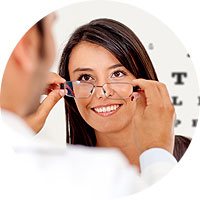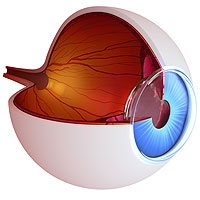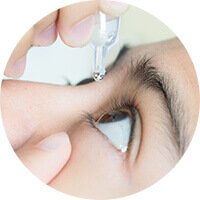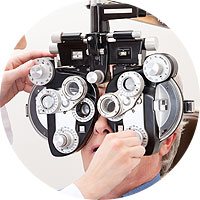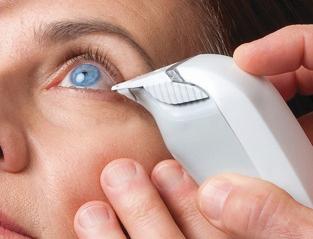
TearLab™ Osmolarity Testing
TearLab™ is an objective and quantitative point-of-care diagnostic test that measures the osmolarity, or salt content, of your tears, which is often elevated in patients with dry eye disease. It is an indicator of quality of tear film.
InflammaDry®
InflammaDry® is also an objective and quantitative point-of-care test that detects elevated levels of MMP-9, an Inflammatory marker that is often elevated in the tears of patients with dry eye disease. It is an indicator of quality of tear film.
LipiView®
LipiView® is a diagnostic device that uses near-infrared illumination to image the meibomian glands, measure the oil layer of your tear film, and capture your blink patterns.
Corneal and/or Conjunctival Staining
Lissamine green and fluorescein dye detect damaged areas of the cornea and/or conjunctiva. The drops will temporarily “color” damaged cell membranes or gaps between cells to help your doctor determine the level of dry eye disease.
Schirmer Testing
A Schirmer’s test is used to determine if your tear glands produce enough tears to keep your eyes adequately moist. Your eyes are numbed with drops, and tiny calibrated paper strips are placed within the lower eyelid to evaluate the volume of tears produced in a certain amount of time.
Demodex Evaluation
Your doctor may recommend testing for Demodex, an organism that lives on the lashes, and can exacerbate dry eye/blepharitis. Evaluation is done by epilating lashes and placing them on slides to be examined using a high-powered microscope.











